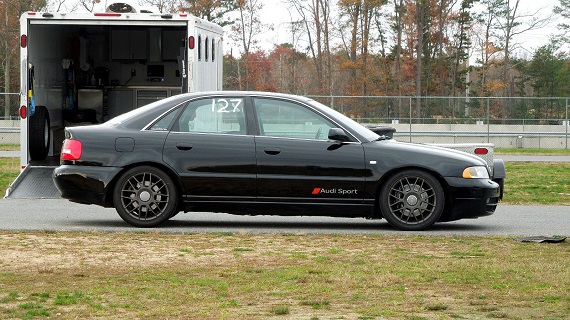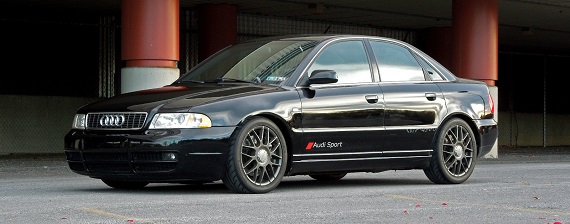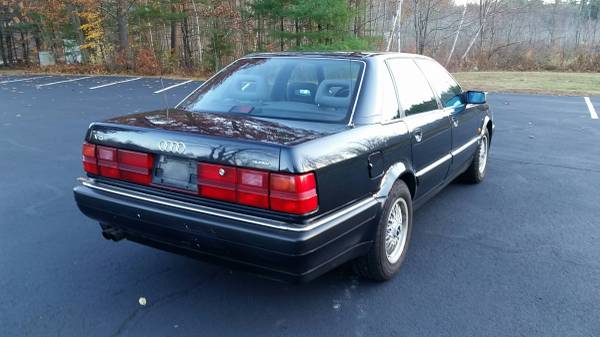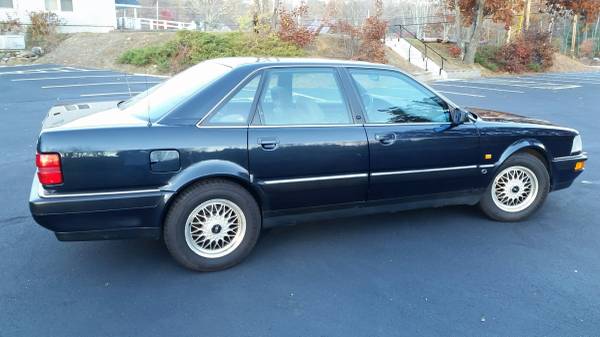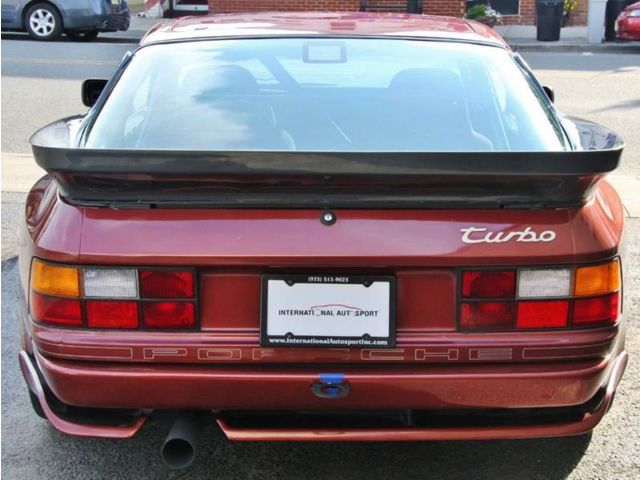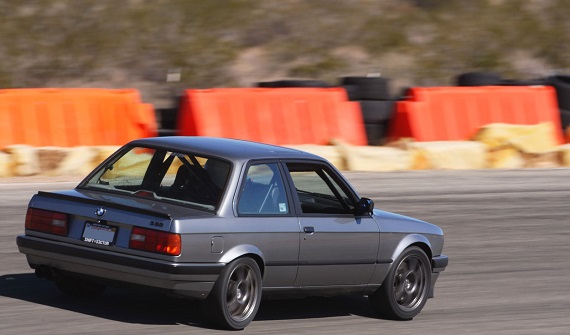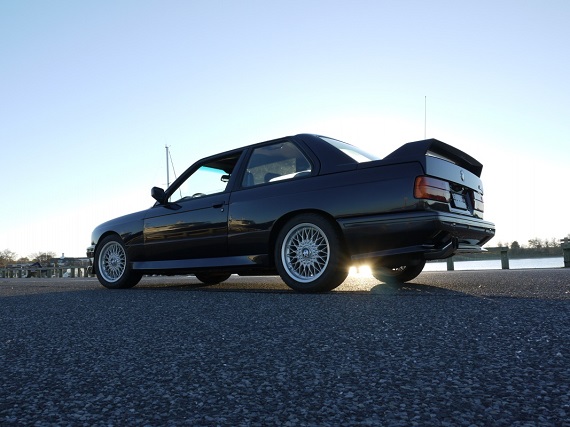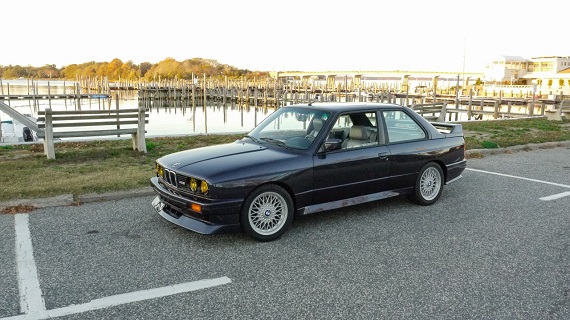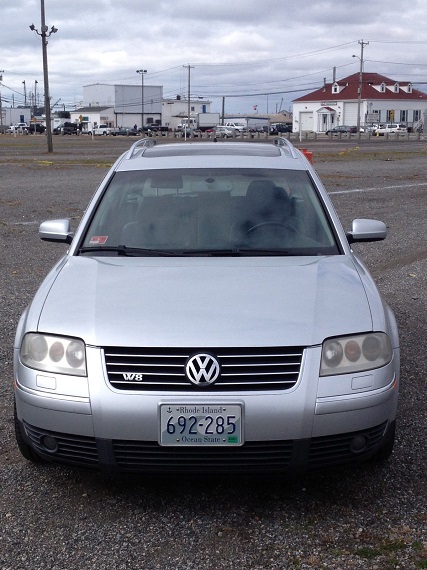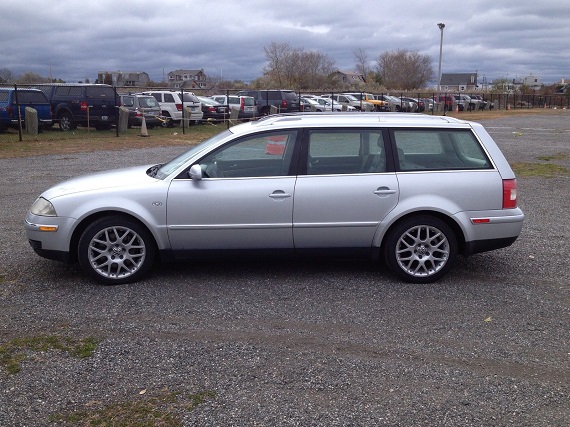Why does the Audi S4 not get more attention on Motorsports Monday? Well, for most the generally heavy platform coupled with the forward bias of the relatively heavy motor doesn’t equal track excitement. Motivation has never been a problem with Audi’s fastest small chassis cars, but braking and turning aren’t where the excel – especially compared to the competition from Munich and Stuttgart. However, a recent ride in my stripped-out and stiffened-up Audi left me the best part of an inch shorter and thinking. Going to the track is such a great time, but there must be a better balance between the 95% of the time that the car isn’t at the track to the 5% it is – if you’re lucky. And while in all out track performance, it’s hard to argue with the E36 chassis as the best value going, the B5 S4 is a compelling alternative to have plenty of fun in between – and, year round:
Tag: BBS
Much as the Quattro set the trend for performance turbocharged all-wheel drive coupes in the 1980s, Audi launched another trend-setter in 1988. The V8 quattro was not an all-new design; it borrowed heavily from the Type 44 200 chassis, but several revisions completely redefined the character of Audi’s flagship. First was the motor, an all-aluminum quad cam V8 coded PT displaced 3.6 liters initially. If you thought it was effectively two Volkswagen 16V motors sandwiched together, you thought correctly – Audi mimicked what Porsche had done with the 944/928 motor designs. With 240 horsepower, the new V8 offered about a 20% boost in power over the 10V turbo motors that were in the European 200s. But the real innovation wasn’t the motor – it was the automatic transmission. Combining a multi-plate clutch center differential and an all-new Torsen rear differential, the V8 quattro drove decidedly quite differently than the inline-5 variants. Weight, while not down thanks to a host of luxury items, was moved backwards and the V8 was more balanced and less prone to understeer than the turbos were. Additionally, the torque was near instant. But by 1991, the gap between the now 20V variant of the 200 and the V8 was so narrow that Audi upped the displacement. The new ABH V8 upped the power to 276 horsepower and 296 lb.ft of torque. Outside, subtle changes helped to distinguish the luxury variant after Audi’s brief foray into absolutely no badging from 1990-1991. Now with small “V8” monikers front and rear, along with a small “quattro” script, the performance was quite a bit improved over the earlier car. Additionally, there were small changes to the 4.2 model – such as some new colors, a transmission cooler and a mildly revised cockpit featuring the updated climate control. But outside remained effectively unchanged, as the 4.2 wore the same forged BBS RG wheels that the 1991 3.6 V8s had. What was always a bit special was the presentation of the V8 quattro – low, hunkered down and widened over the normal slab-sided 200, the headlights and hood treatment hinted at the revised Audi design language that would carry through to the mid-2000s. Plus, the V8 quattro sported some awesome flares to pull it all together. If you like cars such as the 500E and 540i, you can thank the V8 quattro for establishing the benchmark for them. Yet considered over-complicated and prone to mechanical failure, few of these pioneering luxury Autobahn cruisers survive in the U.S. today:
